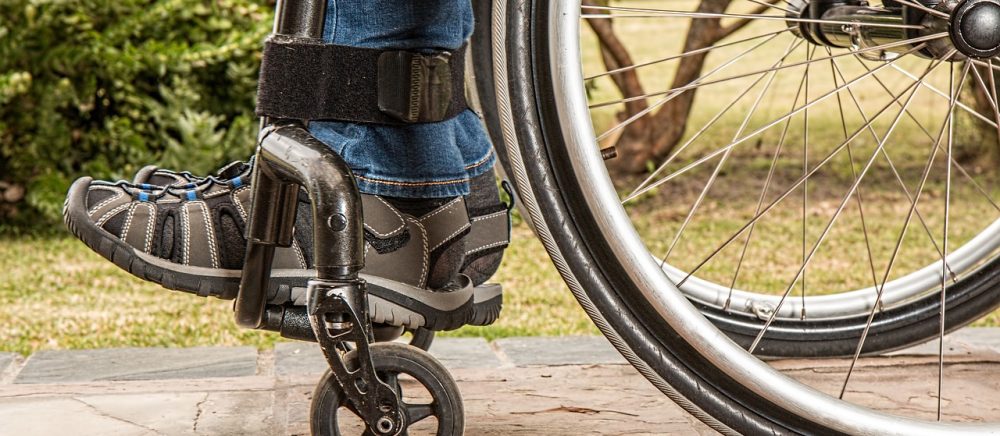Well, this is my last blog post for my Human-Machine System Design course at Tufts University. Rather than talk about a topic proposed in lecture, this post will be a chance for me to reflect on the course, its content, and how it has influenced my predictions regarding the future of human-machine system design.
My two favorite topics that we talked about in this course were machine learning and the importance of task analysis.
I’ll admit that the main reason that I was excited about the machine learning topic is that it is something that has been mentioned many times in my conversations with engineers and computer scientists, but I never had the opportunity to learn more about it until this semester. This course provided me the opportunity to learn a bit more about how machine learning works. This helped me learn what machine learning can actually do and what its current limitations are. I really liked the resources that Professor Intriligator shared with us regarding this topic. My favorites were the Neural Net Playground (allowed us to manipulate a neural networks structure and see how that changed its performance) and the Quickdraw website (allowed us to add data samples to a machine learning project in a fun way).
Growing up, I was actually exposed to a lot of task analyses. I knew many people my age with intellectual disabilities who needed certain activities to be listed in extreme detail in perfect order, or else they would not be able to complete a task. Because of this, I was already aware of the importance and difficulty of creating a truly good task analysis before starting this course. However, this course directly related the concept to my engineering work in a way I had not thought about before. Additionally, as someone with a background in the subject, I thought Professor Intriligator’s lessons regarding the topic were still very informative. I had never thought about classifying tasks the way we learned to do in class (“Information, Analysis, Decision, Action”).
I think that the course content was very good. The end-of-the-year project, where we used GiggleBots, was interesting. I liked the freedom we had when designing our GiggleBot and trying to focus on different aspects of its design. It allowed us to be creative and see if we knew how to apply the concepts we had been learning about all semester.

Overall, I really enjoyed this course. However, it has made me somewhat concerned for the future of human-machine-system-design. While we learned about amazing possibilities from an engineering and design standpoint, we also learned about the lack of limitations and regulations regarding many technological developments. It has made me more aware of the way that technology has the ability to manipulate users. For example, Spotify can influence your music selections. Arguably, they could promote certain artists to people they know would like their music, and ultimately control many performers’ ability to succeed in the music industry. Currently, we have to trust that Spotify is not manipulating the industry, though there are no ways to easily stop them if it turns out they are.

On a more positive note, this course makes me very hopeful for the future of assistive technology (In case this is my first blog post that you are reading, I will let you know that this topic is very important to me). This class shows that there are some amazing students and professionals that are working to educate themselves and improve their ability to make usable devices that reflect the needs of all individuals. I look forward to seeing the improvements that come about in assistive technology in the next 100 years.
I think that machine learning in particular will play a large role in assistive technology in the future (as I mentioned in my fifth blog post!). Though the role of artificial intelligence in this field will increase, I believe that humans will play a crucial role in the process for a long time. This is not because I think machines will not be good enough at designing assistive technology. Rather, I think that humans will remain involved in the process because designing assistive technology helps foster respect and acceptance of those with disabilities.
Overall, I really liked this course, and feel that I have learned a lot. I am happy to have had the opportunity to reflect on what I’ve learned, because it was more than I initially realized. I think that the lessons I have learned here will follow me throughout the rest of my engineering career.
Thank you for reading this blog and following me on my journey throughout this course!
